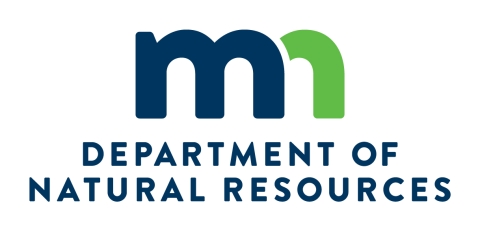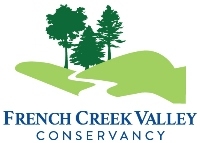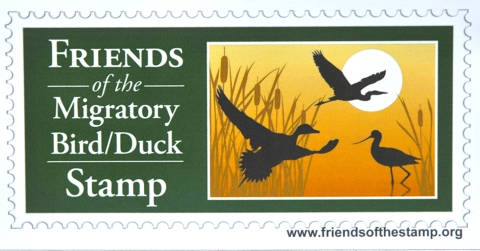
The mission of the Minnesota Department of Natural Resources (DNR) is to work with Minnesotans to conserve and manage the state's natural resources, to provide outdoor recreation opportunities, and to provide for commercial uses of natural resources in a way that creates a sustainable quality of life.
The Minnesota Department of Natural Resources works to integrate and sustain the interdependent values of a healthy environment, a sustainable economy, and livable communities. DNR’s integrated resource management strategy shares stewardship responsibility with Minnesotans and partners to manage for multiple interests. DNR protects the state’s natural heritage by conserving the diversity of natural lands, waters, and fish and wildlife that provide the foundation for Minnesota’s recreational and natural resource-based economy (M.S. 84, M.S. 97A). DNR manages natural lands such as forests, wetlands, and native prairies; maintains healthy populations of fish and wildlife; and protects rare plant and animal communities throughout the state. DNR manages the state’s water resources, sustaining healthy waterways and ground water resources. DNR provides access to enrich public outdoor recreational opportunities, such as hunting, fishing, wildlife-watching, camping, skiing, hiking, biking, motorized recreation, and conservation education through a state outdoor recreation system that includes parks, trails, wildlife management areas, scientific and natural areas, water trails, and other facilities (M.S. 86A). DNR supports natural resource-based economies, managing state forest lands for multiple forest values (M.S. 89), ensuring the maximum long-term economic return from school trust lands (M.S. 127A), and providing other economic opportunities in a manner consistent with sound natural resource conservation and management principles.
When you use any of the following partner links you are leaving the USFWS web sites.
DOI and the bureaus do not guarantee that outside Web sites comply with Section 508 (Accessibility Requirements) of the Rehabilitation Act.
Related Stories
Partner Category
Partnership Services
Through our partnerships we are able to expand our capabilities through the inclusion of services in areas such as:
- Grant opportunities
- Sponsorship of grants
- Cooperative Agreements
To find out more about how our partner provides services view our partner services below.




